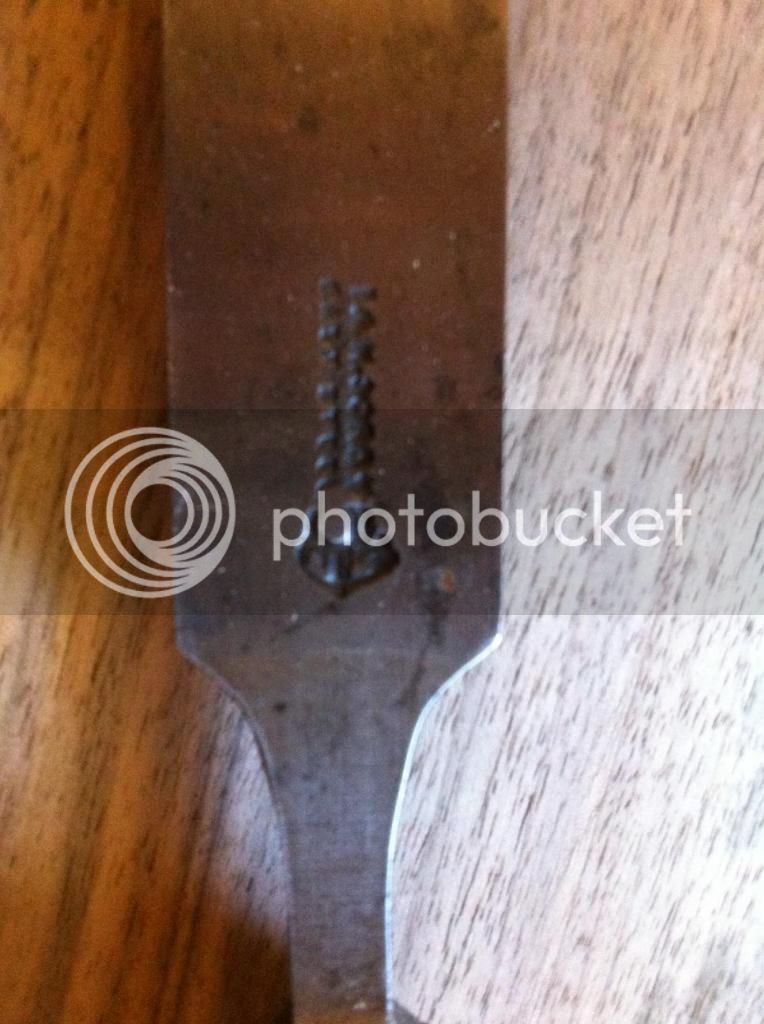Hi L2wis,
Please pardon me sticking my nose in, but just a couple of thoughts about chisel handles. Firstly, some of those in your photo look to be in quite good condition; if they're tight on the tang and don't have bits split off them, it may be easier to just clean the surface dust and muck off with turps or similar, allow to dry and then refinish with Danish oil or similar. Even the ones with raggy mallet ends can just be tidied up, smoothed off and refinished.
If handles are split and do need to be replaced, it may be worth avoiding sapele; it's a splintery wood, and has a reputation for being a tad brittle. The traditional woods for chisel handles are beech, ash (to a lesser extent), and boxwood. These are tough, resilient woods that will stand a lot of mallet blows. You can find beech and ash as 'turning blanks' quite cheaply, and boxwood pieces can be found (try Workshop Heaven for box blanks), and if you can get 'air dried' so much the better, as kiln drying can embrittle some pieces. (I once made a hammer-shaft out of kiln-dried ash, and it shattered by the hammer head after about six months of use.) The tropical timbers such as rosewood can look very smart, but many are too brittle for general chisel duties involving mallet work. They would make perfectly satisfactory handles for paring chisels, though.
If you've got some bits of sapele, a practice run making and fitting handles may be a good move. Getting chisel handles on straight is not as easy as it might appear - just needs a bit of practice, that's all - so a couple of 'dry runs' would be a good use of time in the long run.
Good luck with them - Sorby and Marples are respected makers, so investing a bit of time should result in some very good tools!



































